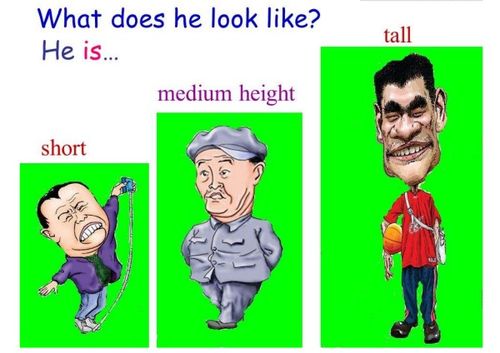
What Do Ant Bites Look Like?
Ant bites can be quite distinctive and vary depending on the type of ant and the individual’s reaction to the bite. Understanding the appearance of ant bites can help in identifying the cause and taking appropriate measures for treatment. Let’s delve into the various aspects of ant bites.
Types of Ant Bites

Ant bites can be categorized into two main types: venomous and non-venomous. Venomous ants, such as fire ants and harvester ants, inject venom into the skin, causing more severe reactions. Non-venomous ants, like pavement ants and carpenter ants, do not inject venom but can still cause irritation and discomfort.
Appearance of Venomous Ant Bites

When you get bitten by a venomous ant, the bite site typically appears as a small, red bump. The area may become inflamed, and you might notice a stinging or burning sensation immediately after the bite. Here are some key features of venomous ant bites:
| Feature | Description |
|---|---|
| Bump | A small, red bump that may be raised or itchy. |
| Inflammation | The area around the bite may become red, swollen, and warm to the touch. |
| Pain | A stinging or burning sensation immediately after the bite. |
| Swelling | The bite site may swell, sometimes significantly. |
| Itching | The area around the bite may become itchy, especially in the first few hours after the bite. |
Appearance of Non-Venomous Ant Bites

Non-venomous ant bites may not be as severe as venomous ant bites, but they can still cause discomfort. The bite site typically appears as a small, red bump with a white center. Here are some key features of non-venomous ant bites:
| Feature | Description |
|---|---|
| Bump | A small, red bump with a white center. |
| Inflammation | The area around the bite may become red and slightly swollen. |
| Pain | A mild stinging or burning sensation immediately after the bite. |
| Itching | The area around the bite may become itchy, especially in the first few hours after the bite. |
Other Symptoms
In some cases, ant bites can cause more severe symptoms, especially in individuals with allergies or weakened immune systems. Here are some additional symptoms to watch out for:
-
Severe swelling
-
Severe pain
-
Difficulty breathing
-
Severe itching
-
Fever
-
Chills
Preventing Ant Bites
Preventing ant bites is crucial, especially if you live in an area with a high ant population. Here are some tips to help you avoid getting bitten:
-
Keep your home clean and free of food crumbs and spills.
-
Seal cracks and crevices in your home to prevent ants from entering.
-
Store food in airtight containers.
-
Keep garbage in sealed bins.
-
Wear protective clothing, such as long sleeves and pants, when working in areas with a high ant population.
-
Use ant repellents in areas where ants are commonly found.




